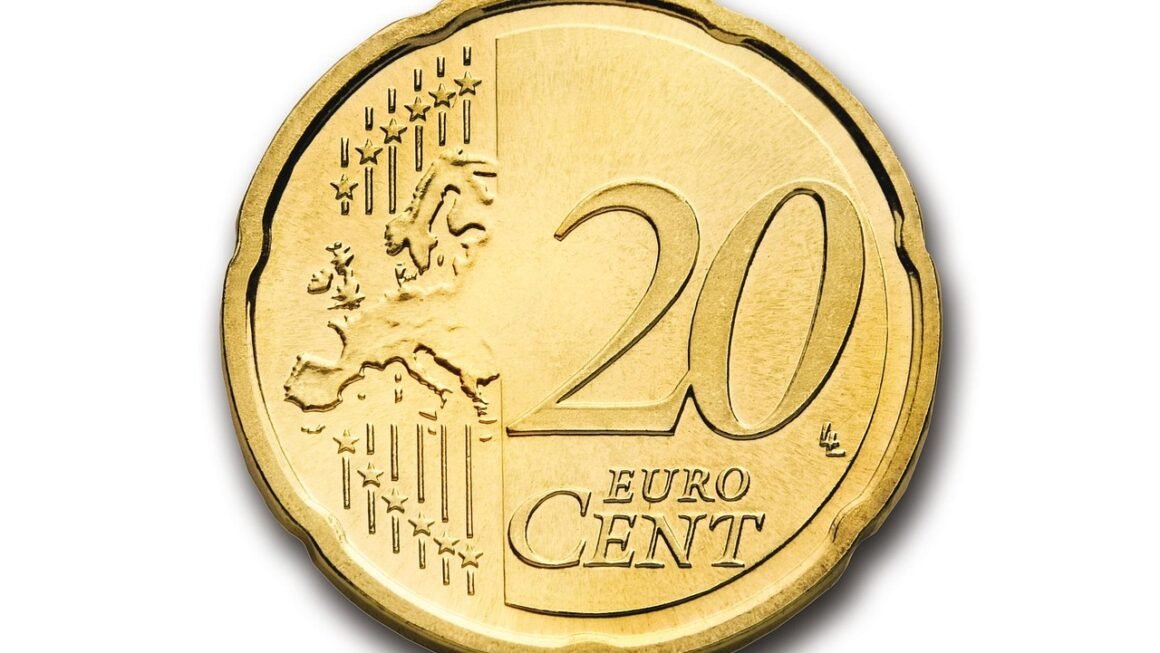
Unlock the power of your financial future with compound interest, a concept often hailed as the eighth wonder of the world. This powerful tool can significantly boost your savings and investments, transforming small sums into substantial wealth over time. This guide will delve into the mechanics of compound interest, showing you how it works, its benefits, and how to make it work for you. Get ready to harness the power of compounding and watch your money grow exponentially!
What is Compound Interest?
The Basic Definition
Compound interest is essentially earning interest on your interest. It’s the process where the interest you earn on an initial investment (the principal) is added back to the principal, and then the next interest calculation is based on the new, higher amount. This creates a snowball effect, where your earnings grow faster and faster over time.
Simple vs. Compound Interest: A Key Difference
Understanding the difference between simple and compound interest is crucial.
- Simple Interest: Calculated only on the principal amount. The interest earned remains constant each period.
- Compound Interest: Calculated on the principal amount plus accumulated interest. The interest earned increases each period.
- Example:
Suppose you invest $1,000 at a 5% annual interest rate for 5 years.
- Simple Interest: You would earn $50 each year, totaling $250 in interest after 5 years. Your final amount would be $1,250.
- Compound Interest: The first year, you’d earn $50. The second year, you’d earn interest on $1,050, resulting in $52.50 interest. This pattern continues, leading to a significantly higher return after 5 years. The total interest earned will be approximately $276.28, resulting in a final amount of $1,276.28.
This example clearly demonstrates the power of compounding over time.
The Formula for Compound Interest
The compound interest formula is:
A = P (1 + r/n)^(nt)
Where:
- A = the future value of the investment/loan, including interest
- P = the principal investment amount (the initial deposit or loan amount)
- r = the annual interest rate (as a decimal)
- n = the number of times that interest is compounded per year
- t = the number of years the money is invested or borrowed for
- Example: Investing $5,000 at 8% compounded quarterly (n=4) for 10 years:
A = 5000 (1 + 0.08/4)^(410)
A = 5000 (1 + 0.02)^(40)
A = 5000 (1.02)^40
A = 5000 2.20804
A = $11,040.20
Benefits of Compound Interest
Accelerated Growth
- Exponential Returns: Compound interest allows your money to grow exponentially over time, meaning the rate of growth increases as your balance grows. This is a huge advantage for long-term investments.
- Long-Term Wealth Building: It’s a cornerstone of long-term wealth creation, helping you accumulate a substantial nest egg for retirement, education, or other financial goals.
Power of Time
- Early Start Advantage: Starting early is crucial. The longer your money has to compound, the greater the potential returns. Even small contributions made early can lead to significant growth over decades.
- Delayed Gratification Pays Off: By investing now and allowing your money to compound, you are setting yourself up for a more comfortable financial future. Delayed gratification is key to maximizing the benefits of compounding.
Reinvesting Dividends and Interest
- Automatic Growth: Reinvesting dividends from stocks or interest from bonds allows you to take full advantage of compounding. This automatically adds to your principal, leading to even faster growth.
- Maximizing Returns: Regularly reinvesting your earnings is a simple yet powerful strategy for accelerating your wealth accumulation.
Factors Affecting Compound Interest
Interest Rate
- Higher Rate, Higher Returns: The interest rate is a primary driver of compound interest growth. Higher interest rates lead to faster compounding and larger returns.
- Shop Around: Look for accounts and investments that offer competitive interest rates to maximize your earnings.
Compounding Frequency
- More Frequent Compounding: Compounding frequency refers to how often interest is calculated and added to your principal. More frequent compounding (e.g., daily or monthly) results in slightly higher returns than less frequent compounding (e.g., annually).
- The Impact is Subtle: While the difference may seem small, it can add up over long periods, especially with larger sums of money.
Time Horizon
- The Longer the Better: Time is the most significant factor in compound interest. The longer your money compounds, the more substantial the returns.
- Patience is Key: Be patient and avoid withdrawing your money prematurely to allow the full benefits of compounding to unfold.
How to Make Compound Interest Work for You
Start Early
- Youth is Your Advantage: The earlier you start investing, the more time your money has to compound. Even small, consistent contributions can make a big difference over time.
- Habit Formation: Starting early also helps you develop good saving and investing habits.
Be Consistent
- Regular Contributions: Make regular contributions to your investment accounts, even if they are small. Consistency is key to maximizing the power of compounding.
- Automate Your Savings: Set up automatic transfers from your checking account to your investment accounts to ensure consistent contributions.
Reinvest Dividends and Earnings
- Automatic Reinvestment Programs: Many brokerage accounts offer automatic dividend reinvestment programs (DRIPs). This is a convenient way to reinvest your dividends and accelerate your growth.
- Take Advantage of Opportunities: When you receive interest or dividends, immediately reinvest them to take advantage of compounding.
Choose the Right Accounts
- High-Yield Savings Accounts: Consider high-yield savings accounts or certificates of deposit (CDs) for short-term savings goals. These accounts offer competitive interest rates.
- Retirement Accounts: Utilize tax-advantaged retirement accounts like 401(k)s and IRAs to maximize your long-term growth potential. These accounts offer tax benefits that can further enhance the power of compounding.
- Brokerage Accounts: Explore brokerage accounts for investing in stocks, bonds, and mutual funds. These investments can offer higher potential returns than traditional savings accounts, but also come with higher risks.
Common Mistakes to Avoid
Withdrawing Funds Prematurely
- Avoid Interrupting the Process: Withdrawing funds before they have had sufficient time to compound can significantly reduce your overall returns.
- Emergency Fund is Crucial: Maintain a separate emergency fund to avoid needing to tap into your investment accounts.
Focusing Only on Short-Term Gains
- Long-Term Perspective: Compound interest is a long-term strategy. Avoid making impulsive decisions based on short-term market fluctuations.
- Stay the Course: Stick to your investment plan and avoid trying to time the market.
Ignoring Fees and Taxes
- Impact on Returns: Fees and taxes can erode your returns, especially over long periods.
- Minimize Expenses: Choose low-cost investment options and take advantage of tax-advantaged accounts to minimize the impact of fees and taxes.
Conclusion
Compound interest is a powerful tool for building wealth. By understanding how it works, starting early, being consistent, and avoiding common mistakes, you can harness its power and achieve your financial goals. Remember that time is your greatest ally, so start today and let the magic of compounding work for you. The journey to financial security starts with understanding and utilizing the power of compound interest.


